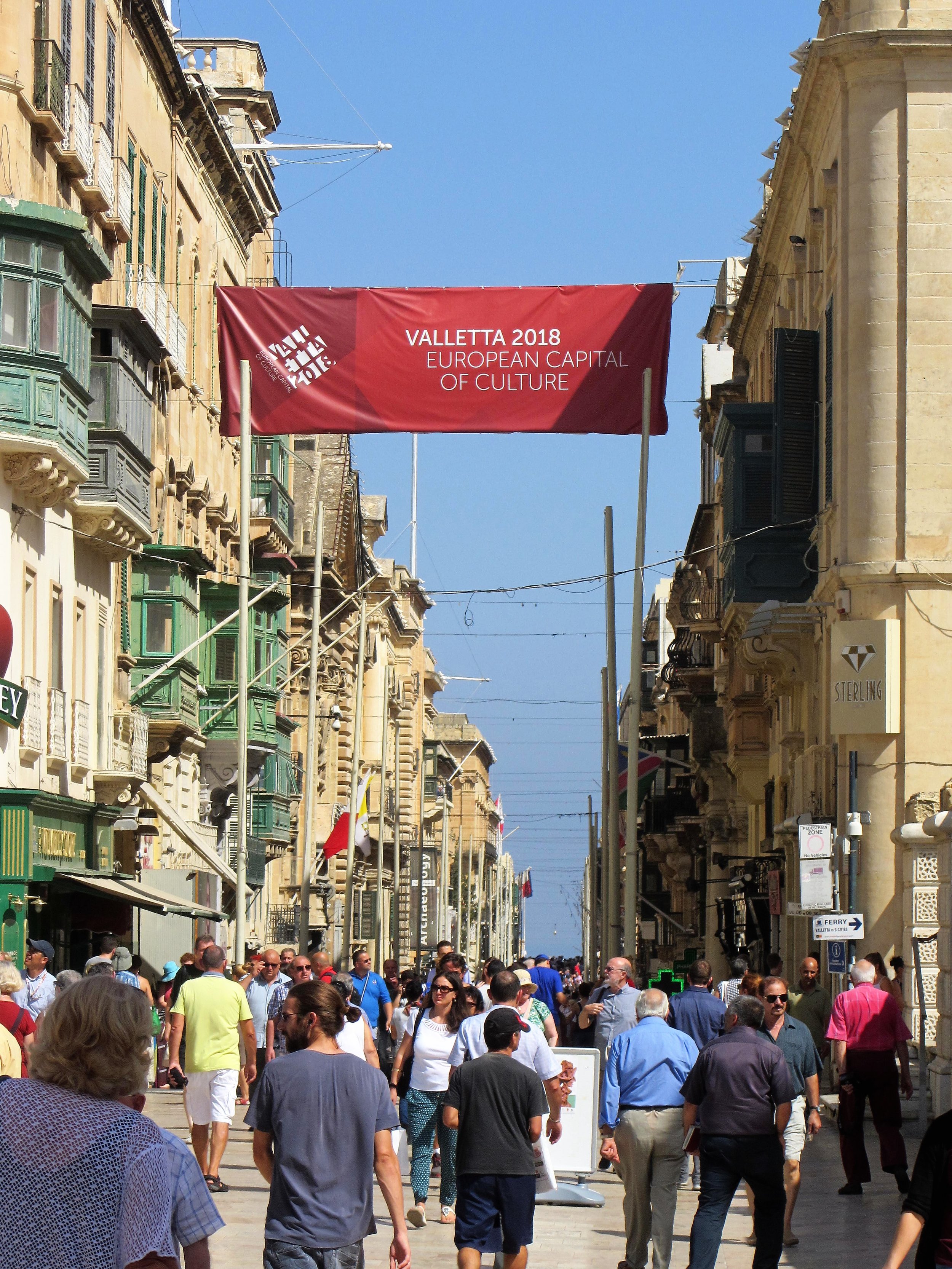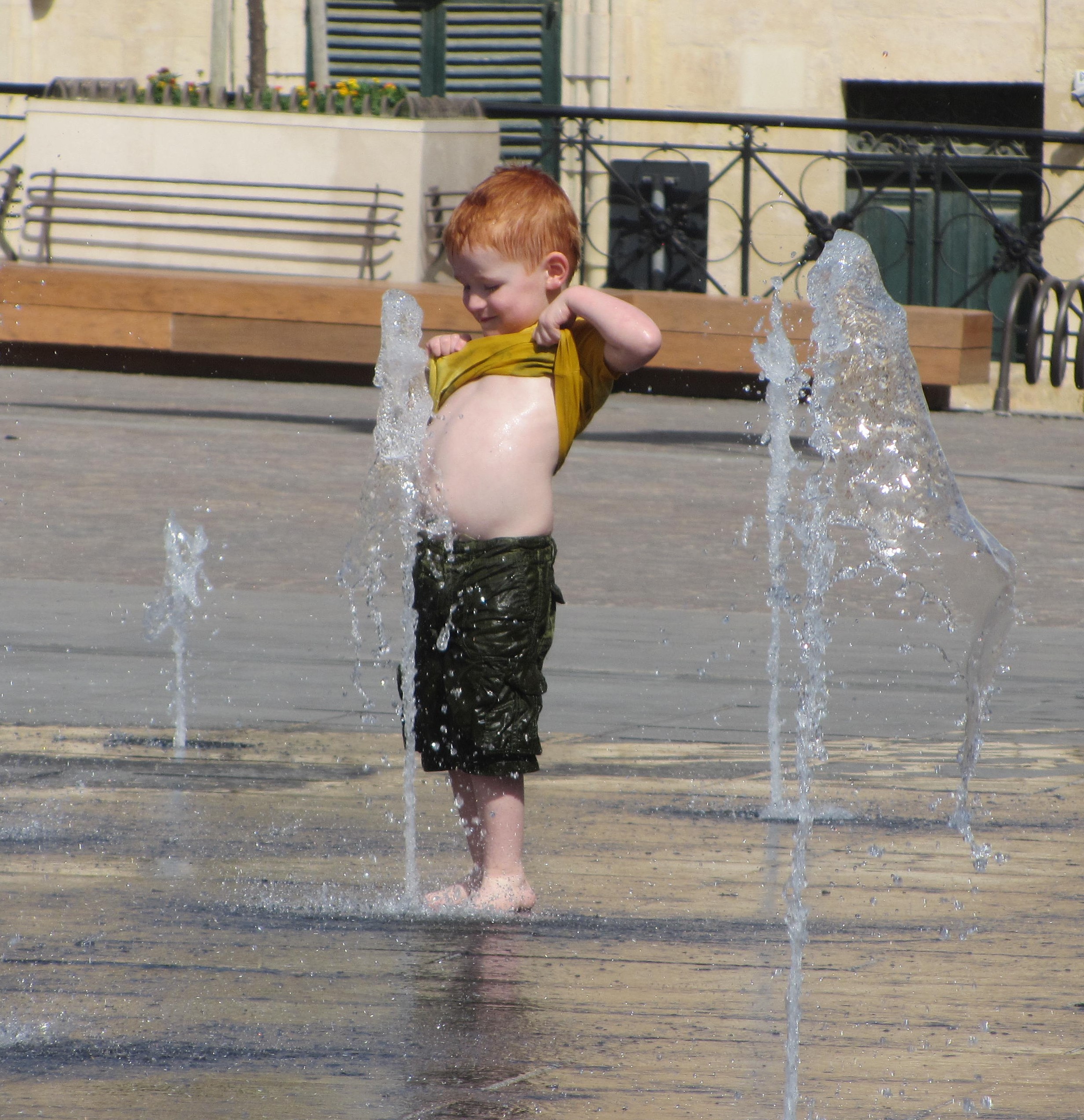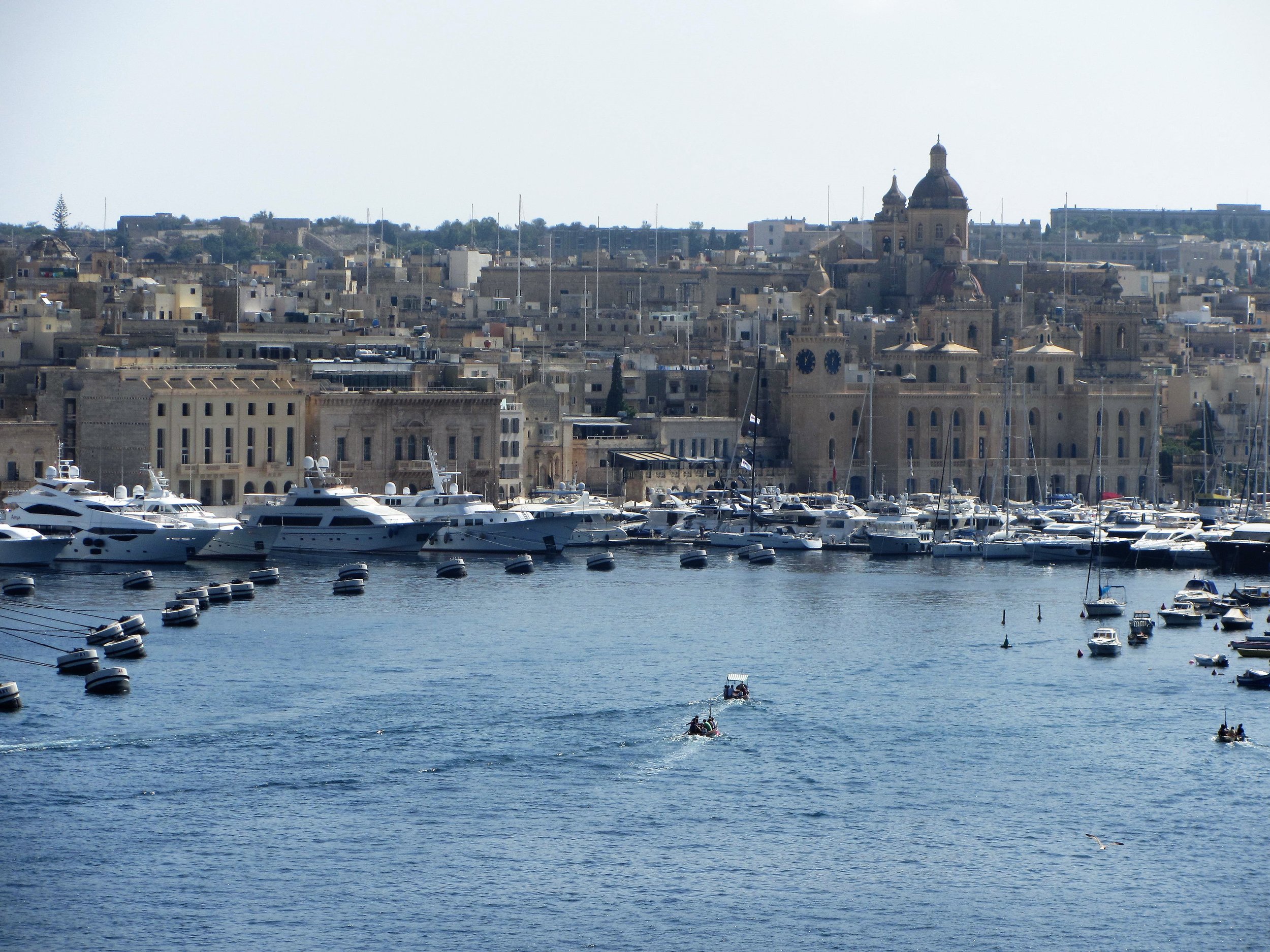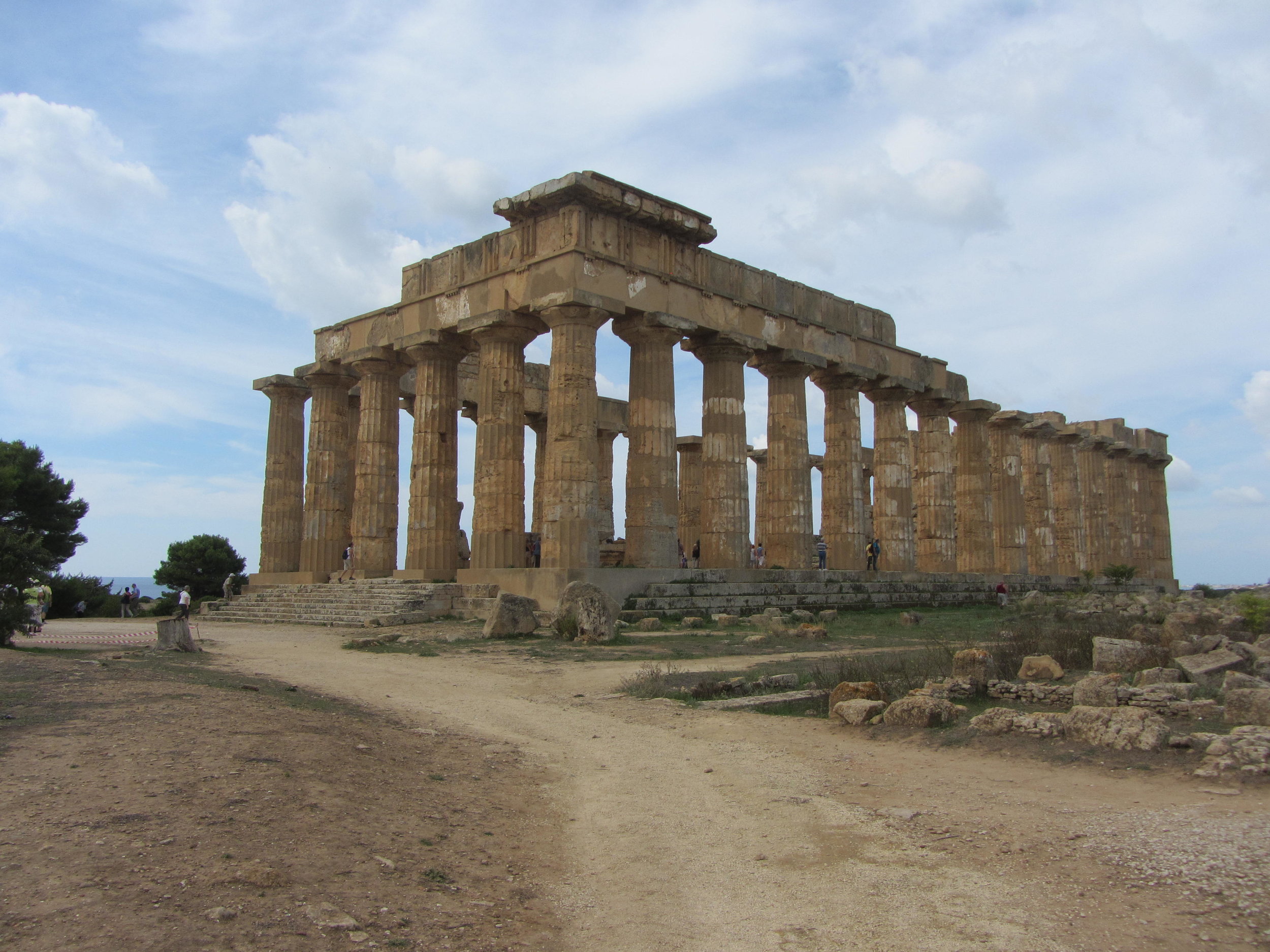MALTA, SICILY, ITALY and CORSICA
/Malta/Sicily/Italy/Corsica
Croisières de France Cruise
Oct. 2-9, 2016
CLICK PHOTOS TO ENLARGE AND SEE CAPTIONS
This was a short one-week cruise, which we squeezed in before going to the Riviera and Provence to visit a close friend as well as my niece, before heading north to Paris to participate in my sister’s 80th birthday feast, organized masterfully by her children. The cruise departed from and returned to Marseille, the second largest city in France, on the Mediterranean.
The attached map is the closest I could find to indicate our itinerary, covering all our ports of call. Because of being too busy after we got back to Wisconsin early November before returning to Florida for the season, I didn’t have time to write a complete travelogue while things were fresh in my mind. By now, two months later, when the dust has settled, what is left of my memories of that week amounts to what you are reading now. Even that is thanks to photographs to resurrect some of the trip experiences (and a little help from Google!).
Our itinerary consisted of first Valletta, capital of the island and independent republic of Malta, and UNESCO’s World Heritage site, plus M’dina, the ancient medieval city and original capital of Malta; then Tràpani, on the northwest tip of Sicily, west of Palermo, from where we accessed the ruins of the ancient Greek city of Selinunte; next was Civitavecchia (access port for Rome, Italy), from where we went to visit Hadrian’s Villa, and Tivoli Gardens and the Villa d’Este; followed by Livorno (access port for Florence), from where we went to Pisa; to finish with Ajaccio, the capital of Corsica, where an excursion by coach took Robin (I was too tired to go) to the town of Piana, in the famous region of the Calanques, with stunning rocky cliffs and plunging views into the Gulf of Porto.
Flag of Malta
The city of Valletta, the modern capital of Malta, originated in the beginning of the 16th century, on the initiative of the Order of St. John -- as in John the Baptist -- also known as Knights Hospitalier, a religious military order intended to cater to the needs and care of sick, poor and injured pilgrims on their way to the Holy Land during the crusades. Malta’s strategic position in the Mediterranean made it a prized jewel for the east-west trade traffic, thus subjecting it to successive political factions and invasions – including France and England -- to gain control of its valued position. This remained so until 1798, when the Order left the island during the French invasion.
Malta's New Parliament House in Valletta
After two years of French occupation, the English took over -- their influence remains to this day, with English as the official language and cars driving on the left side of the road – until 1974, when Malta became an independent republic. Valletta has been selected as the European Capital of Culture for 2018. As a result, various projects are under way, including the restoration of historic buildings, the installation of new monuments and the rebuilding of the city entrance. Its new Parliament House was completed in 2015, and designed by the famous Italian architect, Renzo Piano, who also created the new Shard building in London (see my travelogue to the British Isles, June 2016).
Trivia: We were treated to an unplanned, delightful and comical interlude offered by two small children, having the time of their lives on that especially hot day, jumping on and off jets of water sprouting from the ground on the plaza in front of St. George Church in time with music piped in every hour on the hour from the towers of the church
Entrance to the Main Gate of M''dina
M’dina was a special treat because of the historical value and enchanting sights of the Silent City, which we explored on board a horse and carriage from the entrance gate to the ramparts. Riding up and down narrow streets, lined by stone walls as thick as the distance between them, was an enchanting taste of life in the Middle Ages. Even though we were thoroughly exploited by the drivers of the horses, who charged us an exorbitant additional price to add the modern part – called Rabat -- to the medieval section, without warning us beforehand of this supplement.
Flag of Sicily
On to Sicily, which we accessed through the northwestern city of Tràpani. Its origin dates back to 700BC, as one of the most important ports in the Mediterranean Sea, and the most westerly of the Greek colonies. Both the Greeks and the Romans left their marks in Sicily -- along with the influence of Islam, the Vandals and the Visigoths. Our original intent was to go on an excursion to the famed Agrigento, but the tour was cancelled the day before. So we wound up with another heading for the ruins of an ancient Greek city called Selinunte. This archeological site consists of five temples, centered on an Acropolis, on a hill overlooking the sea.
Trivia: It became obvious to me that Sicilians resent being called “Italians” as much as Corsicans do when labeled “French.” Due to their ancient and distinctive histories, each island objects to being identified by the rest of the world as an adjunct to a “mother country” instead of being recognized as respective and separate entities. Mainly because those fairly recent titles were the result of political, and not cultural, designations.
Hadrians'Villa, Tivoli
We joined the Italian coast to dock at Civitavecchia, the access port for Rome. Since we had previously been to Rome twice, our goal was to see the superb Hadrian’s Villa, and the famed Tivoli Gardens at the Villa d’Este. Since I am very fond of architecture -- and of old stones in particular – as well as of gardens, this day was very special for me. Too bad it was our only rainy day of the cruise! The advantage, however, was the resulting paucity of tourists at Hadrian’s Villa, which we strolled through peacefully, without our or any other group – though with an open umbrella as protection against the light rain.
Hadrians'Villa, Tivoli
The Villa was built in Tivoli during the second and third decades of the second century AD, as a retreat from Rome for the Emperor Hadrian (the same who built Hadrian’s Wall across northern England, intended to keep the Scots out). Hadrian’s roots were actually from Spain, where he was born, and he was very fond of Greek culture. During the later years of his reign, Hadrian actually governed the empire from the Villa. He started using the Villa as his official residence around AD 128. An extensive court therefore lived there permanently and large numbers of visitors and bureaucrats would have to have been entertained and temporarily housed on site. The postal service kept it in contact with Rome 29 km (18 mi) away, where the various government departments were located.
Hadriasn's Villa, Tivoli
The complex contained over 30 buildings, covering an area of at least one square kilometer (c. 250 acres) of which much is still unexcavated. After the decline of the Roman Empire, the Villa came into disuse and was abandoned. Its state of disrepair became such that, in the 16th century, Cardinal Ippolito II d'Este had much of the remaining marble and statues in Hadrian's Villa removed to decorate his own Villa d’Este located nearby in Tivoli.
Trivia: We are always fascinated to see ruins of the same style and period scattered throughout Europe, all testimonies of the ubiquitous presence of the Greek and Roman civilizations throughout the Mediterranean region: Greece and Italy, of course, but also Turkey, France, Germany, England and Italy. I don’t doubt that they would also be found in Spain and Portugal, though we have yet to discover these countries.
Another UNESCO World Heritage Site, the Villa d’Este is famous for its spectacular Italian Renaissance gardens, with stunning terraced hills and a profusion of impressive fountains. The Este family had been lords of Ferrera – a papal fief near Venice -- since 1393, and were famous as patrons of the arts and of the humanist scholars of the Renaissance.
Ippolito II d’Este was fabulously wealthy and a lavish patron of the arts, supporting among others the sculptor Benvenuto Cellini. Nominated a cardinal of the Catholic church at the request of the king, his goal was to become a pope. Though a candidate four times, he was never selected.
Moving right along up the coast of Italy, we then proceeded to Livorno, the access port for Florence and several other choice Tuscan locations. Again, this gave us the opportunity to visit Pisa, a city we had missed on our previous trips.
cATHEDRAL AND tOWER, pISA
Straddling the river Arno (which also flows through Florence) since the beginning of its existence in 180 BC, the city of Pisa is world-renowned for its famous Leaning Tower, behind the Cathedral and its beautiful Baptistery – both of which predate the Tower (the complex was built between the 11th and the 14th centuries). Located on the Piazza del Duomo, the complex is an outstanding example of medieval Christian architecture.
Trivia: It is inside this tower that the 19-year-old Galileo formulated his pendulum clock while observing the movements of the cathedral’s chandelier.
In addition, Pisa also boasts of its reputed University whose history goes back to the 12th century. This Italian public research university was established in 1343 by an edict of Pope Clement VI. It houses Europe's oldest academic botanical garden, which was founded in 1544.
pISA - tHE bAPTISTERY OF THE CATHEDRAL
While the origin of its name is unknown, the city itself harks back to the 5th century BC thanks to archaeological remains which confirm the existence of a city near the sea, trading with Greeks and Gauls. The power of Pisa as a mighty maritime nation began to grow and reached its apex in the 11th century, when it acquired traditional fame as one of the four main historical Maritime Republics of Italy.
The tower's tilt began during construction, caused by an inadequate foundation on ground too soft on one side to properly support the structure's weight. The tilt increased in the decades before the structure was completed, and gradually continued to do so until the structure was stabilized (and the tilt partially corrected) by efforts in the late 20th and early 21st centuries.
tHE lEANING tOWER OF pISA
The height of the tower is 55.86 metres (183.27 feet) from the ground on the low side and 56.67 metres (185.93 feet) on the high side. The width of the walls at the base is 2.44 m (8 ft 0.06 in). Its weight is estimated at 14,500 metric tons (16,000 short tons). The tower has 296 or 294 steps: the seventh floor has two fewer steps on the north-facing staircase. Prior to restoration work performed between 1990 and 2001, the tower leaned at an angle of 5.5 degrees but was displaced horizontally 3.9 metres (12 ft 10 in) from the center.
Trivia - I chose to believe those impressive statistics over seeking to ascertain their accuracy by climbing the 296 steps – for which privilege visitors have to pay €17 for an advanced reservation (which is always wise for well-known tourist attractions).
Then on to our last port-of-call, Ajaccio, the capital city of the French island of Corsica. We had previously visited Bastia, in the northeast corner of the island in 2014 (see my travelogue of Italy in 2014). We didn’t see much of Ajaccio, except driving through it on the way to the scenic drive to the Calanques region, boasting of spectacular weather-carved pink granite rocks, with cliffs dramatically dropping straight down to the turquoise sea below.
Trivia - The rugged scenery was reminiscent of similar formations in southern Utah, as well as in the Cappadocia region of Turkey. And, no doubt, to other parts of the world unknown to me.
As far as cruises go, this was probably the least enjoyable of all our cruising ventures – except for excellent food (thank God for that): old ship, mediocre staff, lack of organization, and Carnival-type entertainment and decibel level. But it gave us the opportunity to see sites that we had missed on previous trips to the Mediterranean and still were on my bucket list.
This cruise barely made a dent in the two countries I was yearning to explore (Malta and Sicily). But, not knowing what the future has in store for my mobility, I figured it was better than nothing for now, while hoping to do both countries justice on a later trip. Hopefully fall of 2018?
Malta



















